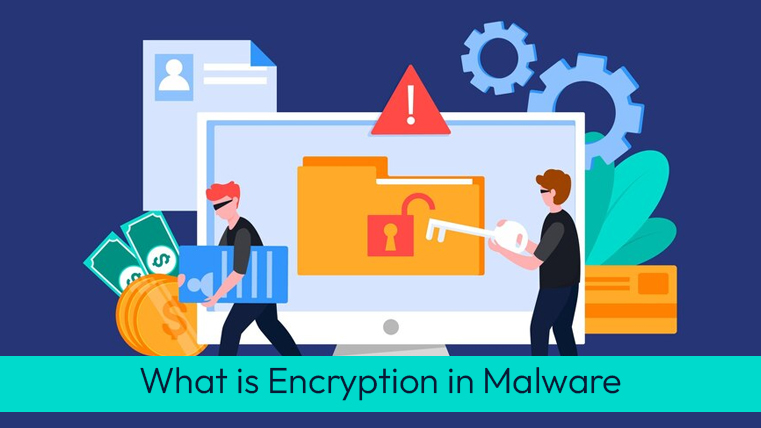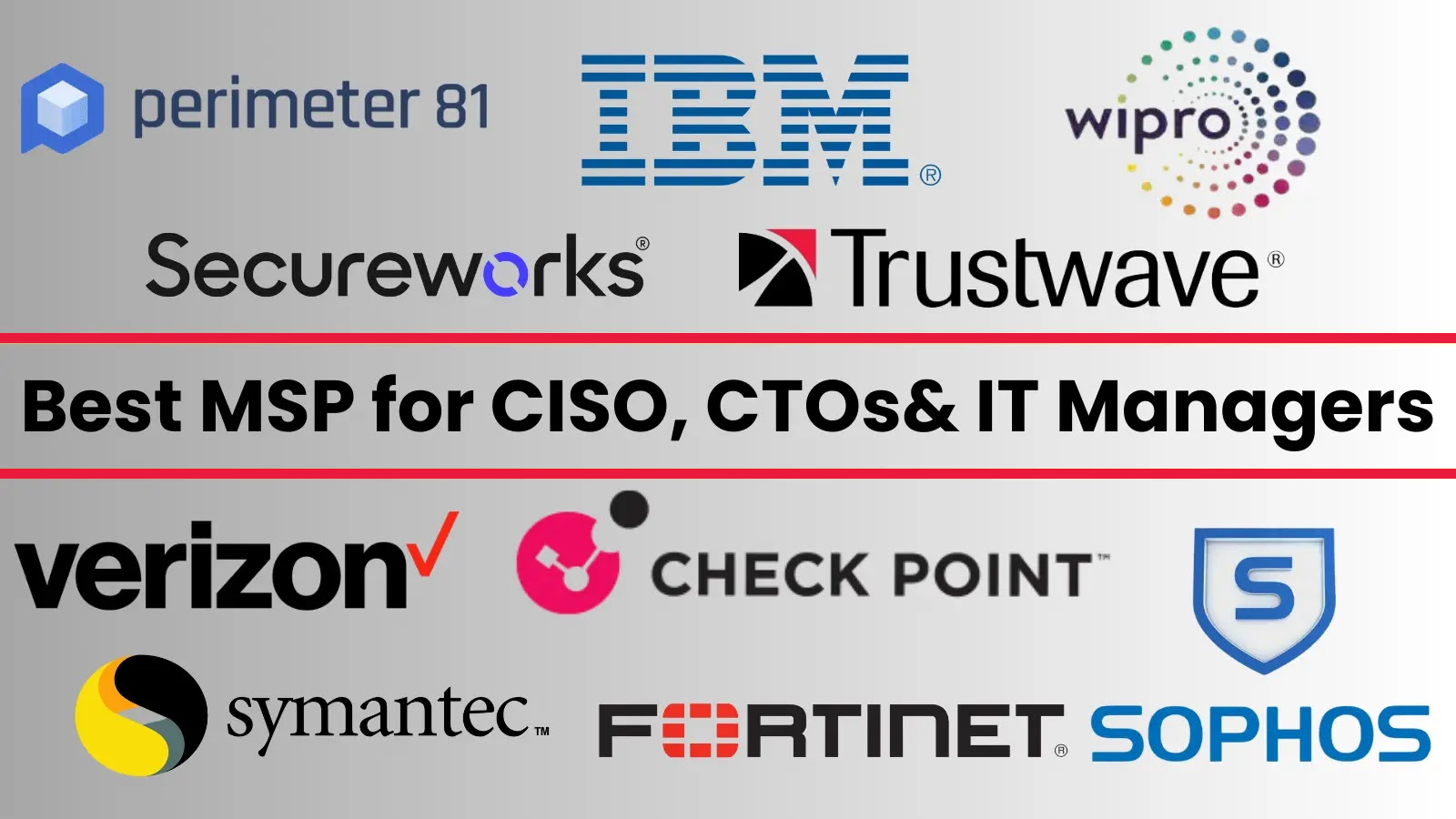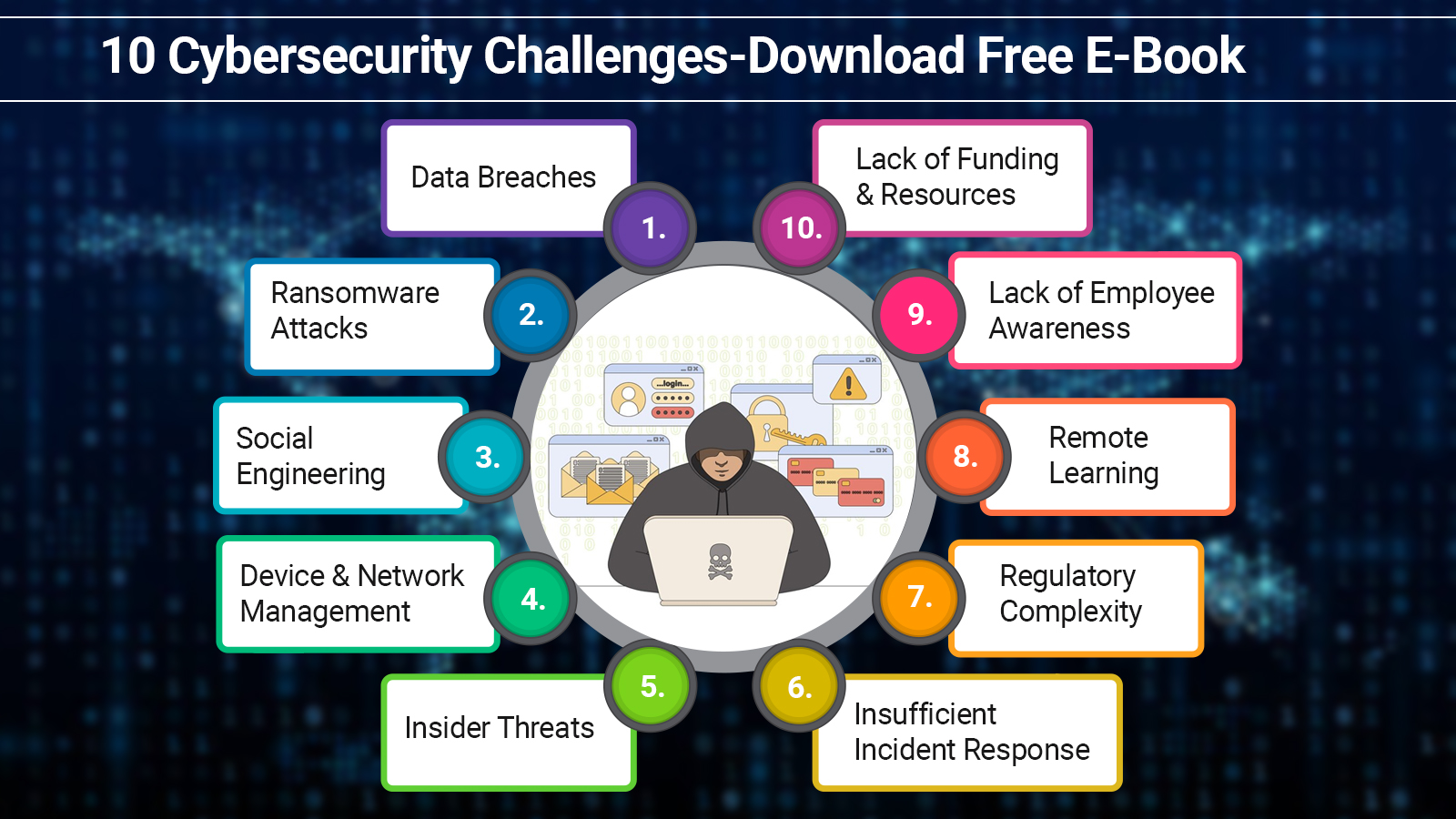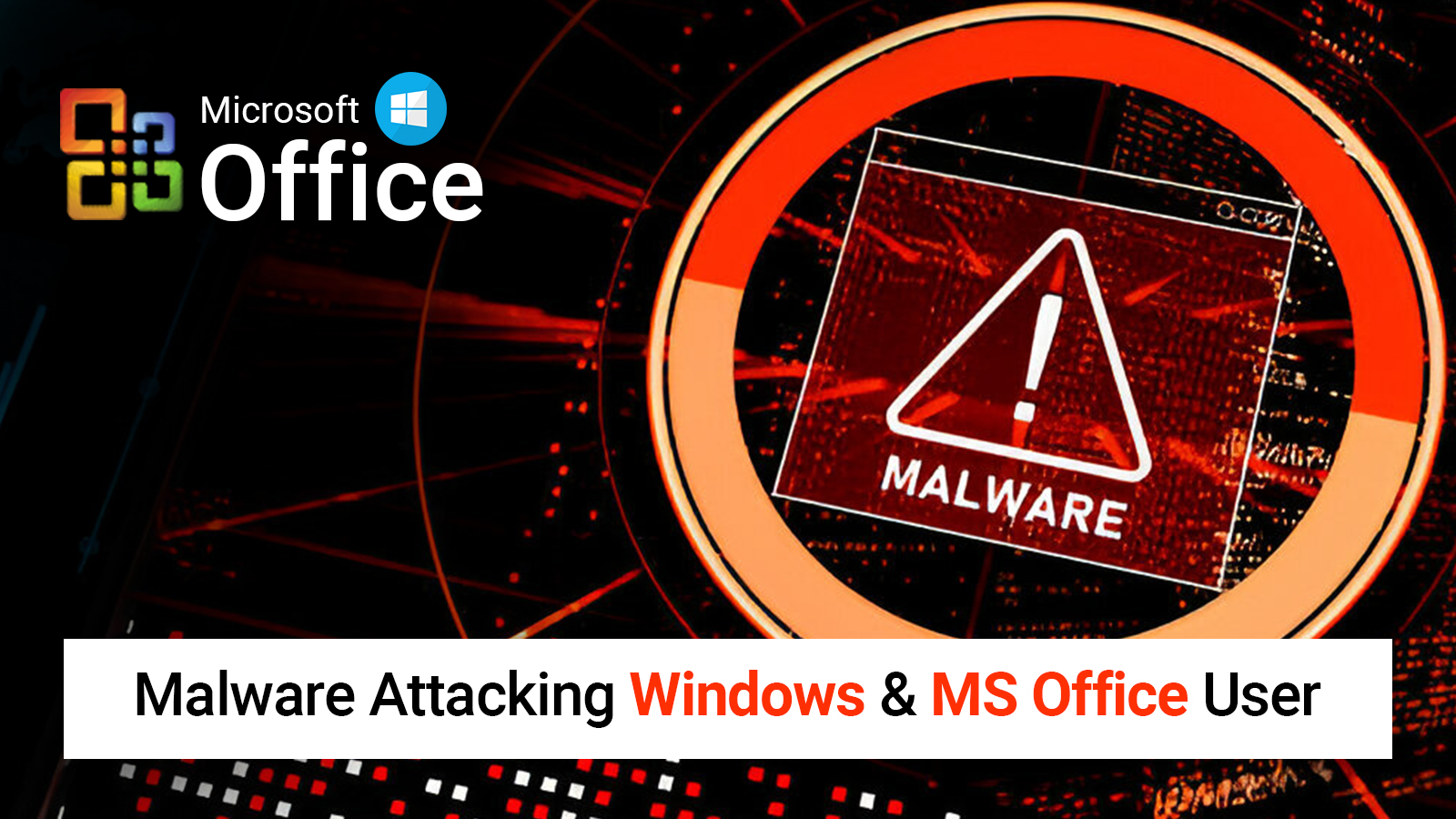In the ever-evolving world, Malware is known for encrypting its traffic and internal strings. Traffic indicates - data sent to a command-and-control server. On the other hand, internal strings refer to URLs and configurations. Both are truly helpful in preventing security systems from identifying malicious content.
In the simplest terms, for decrypting malware C2 communication there are a multitude of techniques available. One of the surprising things about this malware is that it’s already encrypted with XOR. Generally speaking, this blog post is really very helpful to you to be aware of cryptography fundamentals, classical ciphers, XOR functions, bitwise operations, and XOR cipher detection & decryption techniques.
Let’s take a dive into this blog post.
What Are The Most Familiar Encryption Methods?
In this action, we have outlined the most significant and familiar methods available for encryption. Let’s see what they are -
XOR
Rc4
AES
DES
3DES (Triple DES)
An Overview Of Key Concepts In Encryption
A few key concepts in encryption are -
Plaintext
It is known as the raw data. It has not been encrypted. But the matter of joy is that you can read and understand it without processing.
Ciphertext
Ciphertext is the encrypted data. It appears as a bunch of random letters or bytes. It is not easy to read them. Simply put, it is all about the coding process.
Encryption Algorithm
This term refers to an exclusive set of rules. It turns plaintext into ciphertext. You might not know that a range of substitutions as well as permutations can be used in plain text.
A Key Piece Of Data
It refers to a string of letters or numbers. You can simply use them with an encryption algorithm. It will be helpful to you to secure and decrypt data.
Basic Principles Of Encryption
Simply put, the encryption algorithm indicates in which way you can manipulate data. For this, you can take assistance with substitutions and permutations. It allows decryption with a suitable key.
Well, there are two encryption methods available.
The first one is symmetric and asymmetric. The first one is about utilizing a single key for encryption as well as for decryption. As an outcome, the whole process becomes faster and simpler. It requires a protected channel for key exchange.
On the other hand, asymmetric encryption is famous as public-key cryptography. It addresses this. For this, it uses two mathematically linked keys namely - public key and private key.
The public key is freely used for - encryption & distributable. In contrast, a private key is beneficial for decryption and to maintain confidentiality. However, it allows for more protected key exchange, but still, it brings light to increased complexity. Additionally, it also costs slower processing times.
After being familiarized with the breakdown, the encryption concepts come into existence. A Lego-like approach was used to learn about XOR, substitution, and clear text messages.
As soon as the message is mutated, the bitwise operations are introduced. As a result, it becomes easy to have a comprehensive knowledge of XOR. The interesting fact about XOR is that it is a basic operation in cryptography.
You should have an idea about the simple substitution ciphers that replace plaintext characters with alternative symbols. It is just like swapping letters for emojis. There is also another term namely - Caesar ciphers, which is a type of simple substitution. It shifts plaintext letters using a fixed amount.
To be honest, Caesar ciphers are flaws that take place due to anticipated patterns and inalterable symbol frequencies. The surprising fact is that encryption depends on substituting symbols that are based on a defined rule.
The Vigenère cipher is the representation of the concept of utilizing a key. This key is helpful in mutating plaintext for encryption. You should know that a keyword is helpful in generating a multitude of Caesar ciphers. It applies a shift that is focused on the position of the corresponding letter ( A=0).
Repetition takes place only when the key is short as compared to the message. As a result, it makes the cipher flaw. This flaw is also applicable to advanced symmetric encryption methods namely - XOR. And it is all because of key brevity.
ANY.RUN enables you to explore bitwise operations. It explored extensively XOR for their contribution to encryption. In this stage, XOR is operable on individual bits. As a result, a well-encrypted ciphertext comes into existence.
There is no existence of Decryption if it has no key. To be honest, it becomes quite hard to bring bit-wise changes and also to dispose of after a single use. It represents in which way you can use bitwise operations to encrypt data in the safest way.
The XOR cipher performs a bitwise XOR operation between the plaintext and a secret key to encrypt data. Here, you can flip every bit in the plaintext - 0 to 1 or 1 to 0. It is possible to do this even if the correspondent bit in the key is 1.
It is quite useful information that if we XORing the ciphertext with the same key repetitively, decryption is possible. It reveals the cipher’s vulnerability whenever you use short and repetitive keys. It is easy to represent encrypted data in the hexadecimal form. As an outcome, it comes into existence in the form of repetitive patterns of zeros. In general terms, it represents a potential XOR encryption.
ANY.RUN analysis exposed a procedure for sending a susceptible GET request for a .mp4 file. It is the location where the requested piece of content exhibits repetitive patterns of 5s and 3s. These are the instructions or guidelines suggested for XOR encryption. In the meantime, the key comprised a sequence of 5s and 3s. But the matter of worry is that the exact length of both is still not known.
You can download the executable from it. You can also examine it in dnSpy. Later on, it could assist you in exposing the encryption function and the key itself. Once you obtain it, you can use the key to decrypt the downloaded file with the use of tools namely - CyberChef.
Well, ANY.RUN is an entirely new term for you. So, for its proper understanding let’s have a glance at the meaning and its advantages given below.
Explanation of ANY.RUN
As per the literal meaning of ANY.RUN, is a cloud-based malware lab. Mostly it works for security teams. Around 400K professionals utilize ANY.RUN platform daily. It helps them to know about the events. Additionally, it is useful for boosting the speed of threat research on Linux and Windows cloud VMs.
Key Advantages Of ANY.RUN
In this section, we have listed a few major advantages of ANY.RUN. If you are curious to know them, let’s scroll down.
- Identify malware and their families
- Stops zero-day flaws and advanced malware
- Cost-effective because of its cloud-based nature
- Consists of an easy-to-use interface
- Helpful for novice SOC researchers to detect malware and signs of compromise ( IOCs)
Wrapping-up,
Upon consideration, after taking a deep dive into this blog post, you will be familiar with the advanced things. The information given is useful for you and other users as well. Furthermore, you can be aware of several crucial concepts through this blog. These are -encryption methods, key concepts in encryption basics of encryption, and every detail about ANY.RUN.
Did you find this article interesting? Join our TTB Community on LinkedIn for more intriguing articles & updates.









